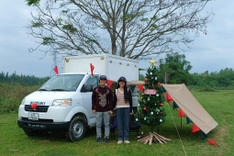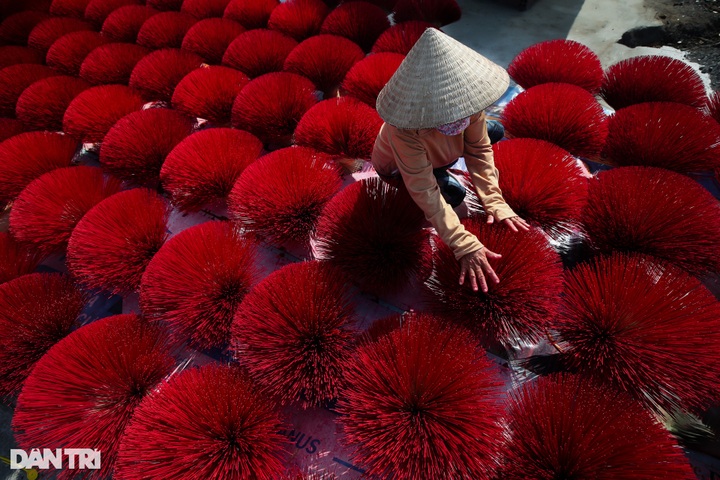
The century-old site in Binh Chanh District has been recognised as a traditional handicraft village since 2012.
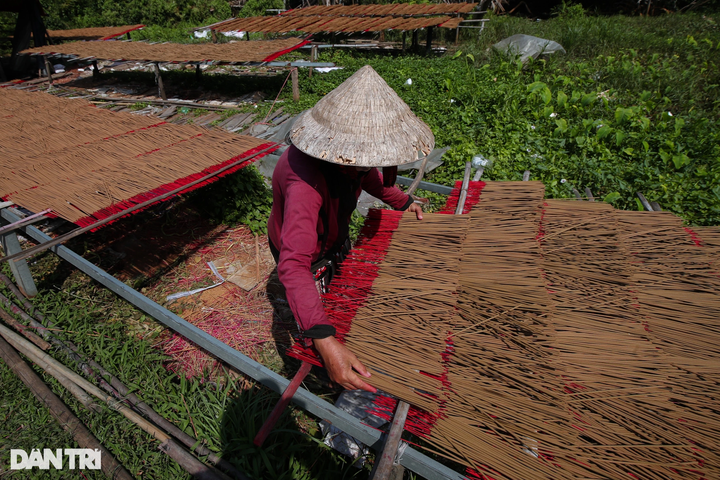
The number of local households which have maittained the industry has sharply reduced. However, along Mai Ba Huong Road, there are still many people who make incense.
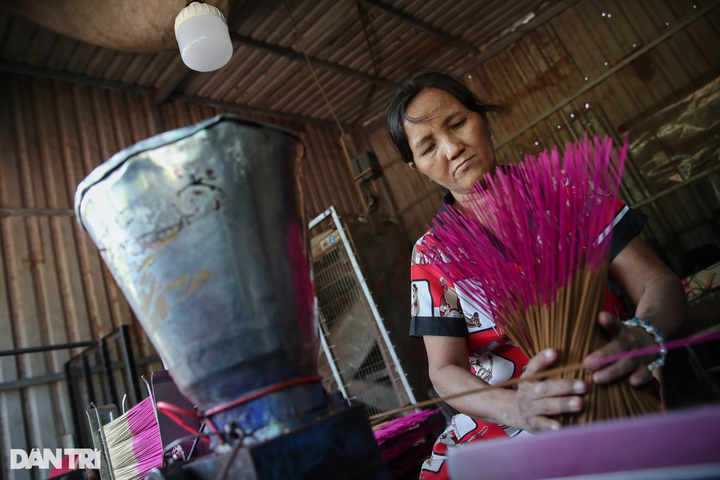
Nguyen Thi Thanh Thuy, 52, has 10 years of experience working for incense-making workshops. She said that the income is modest, but the job is suitable for her health.
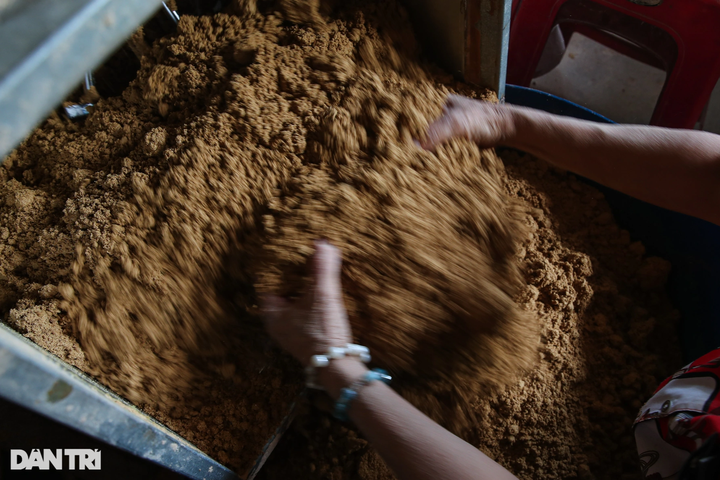
Incense powder is mostly made of sawdust of agarwood or naseberry. After mixing the powder, workers use litsea rotundifolia resin to glue the powder together.
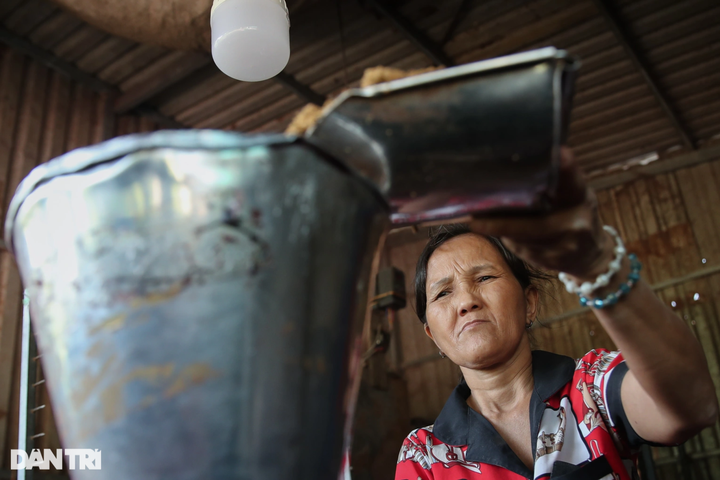
Households mainly use machines for incense production.

Many small businesses still use sunlight to dry incense sticks without drying machines.
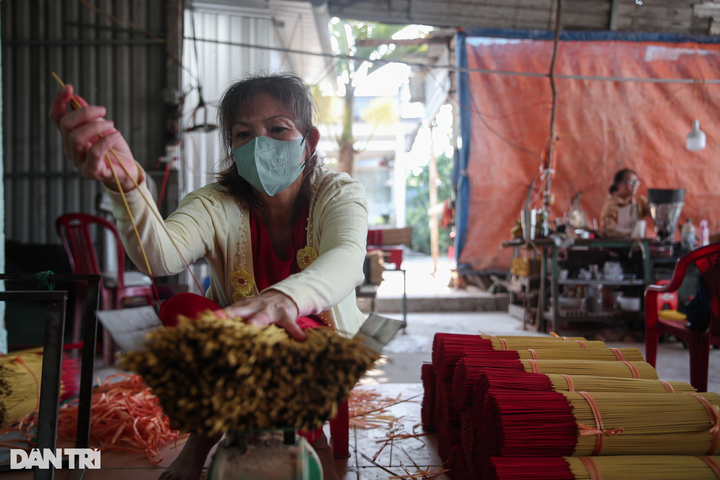
Making an incense cone begins by dyeing the base of the cone red. The cones are then sun-dried before grinding the incense powder, blending the powder, moulding the cones, air-drying and packaging.
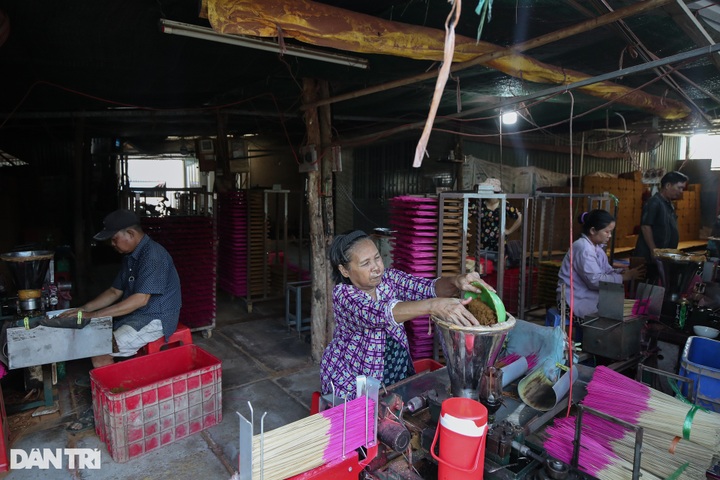
Each worker can earn VND300,000 per day ahead of Tet for the work from early morning to late evening.
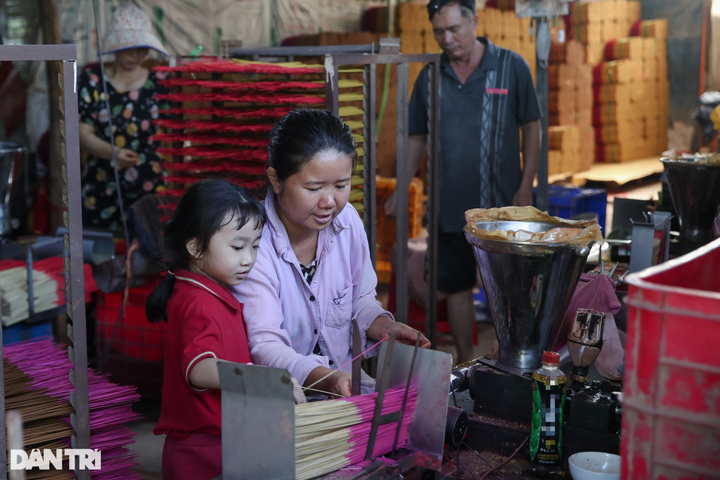
Hoang Van Long, 53, has hired nearly 10 workers for the Tet production period.
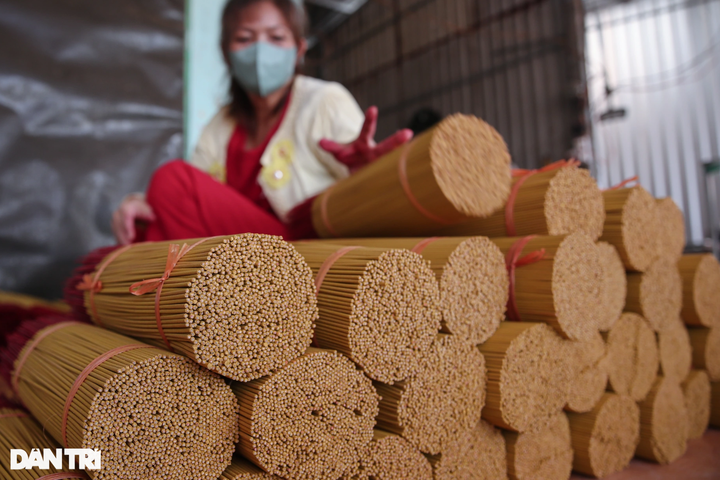
After being dried, the incense sticks are bundled into sets, with each set typically containing 1,000 sticks, weighing approximately 1.5 kilos.
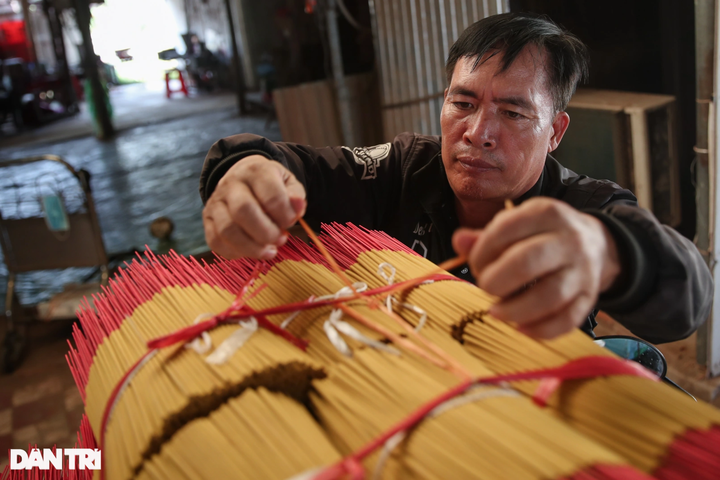
Incense products from Le Minh Xuan Village are sold in HCM City and many other markets across the country.




